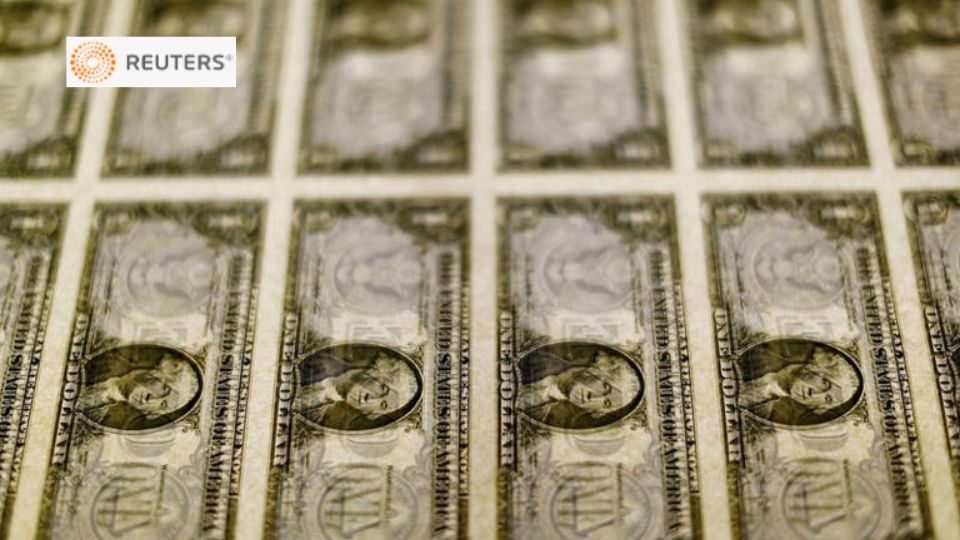
- The behavior of U.S. Treasuries during and after the COVID-19 pandemic calls the label as hands-down the world’s “safe haven” securities into question.
- That's the key finding of new research presented at the Kansas City Fed's annual research conference in Jackson Hole, Wyoming. It examines a shift in investor behavior in that period that raises questions about the "exorbitant privilege" the U.S. government has long enjoyed borrowing broadly on the global market even as federal budget gaps grow ever wider.
- They found that investors did not, as they had during previous episodes of global financial stress, pile into Treasuries and drive up their value. Instead, investors marked down Treasury securities, much as they did for bonds from other countries.
JACKSON HOLE, Wyoming (Reuters) - No safer than a bund. Or a gilt. Or an OAT.
Long touted as hands-down the world's "safe haven" securities, the behavior of U.S. Treasuries during and after the COVID-19 pandemic calls that label into question, suggesting they are little different from the debt issued by the likes of Germany, Britain, France, or even big corporations.
That's the key finding of new research presented at the Kansas City Fed's annual research conference in Jackson Hole, Wyoming. It examines a shift in investor behavior in that period that raises questions about the "exorbitant privilege" the U.S. government has long enjoyed to borrow broadly on the global market even as federal budget gaps grow ever wider. It's a timely question given growing deficits are seen as a near certainty regardless of who becomes the next U.S. president.
New York University's Roberto Gomez-Cram, London Business School's Howard Kung and Stanford University's Hanno Lustig also throw into question the assertion that the Treasury market was dysfunctional in that period - as asserted by the Federal Reserve when it launched its massive bond buying - or just rationally pricing the risk of a massive unfunded spending shock then being prepared in response to the health emergency.
"In response to COVID, U.S. Treasury investors seem to have shifted to the risky debt model when pricing Treasurys," wrote New York University's Roberto Gomez-Cram, London Business School's Howard Kung and Stanford University's Hanno Lustig in the paper. "Policymakers, including central banks, should internalize this shift when assessing whether bond markets are functioning properly."
The researchers looked at the behavior of Treasuries securities during the pandemic shutdown of 2020, when yields shot higher not just for U.S. debt but for bonds issued by nations across the globe.
They found that investors did not, as they had during previous episodes of global financial stress, pile into Treasuries and drive up their value. Instead, investors marked down Treasury securities, much as they did for bonds from other countries.
Meanwhile the U.S. Federal Reserve responded to the spike in U.S. Treasury yields as if it were a result of market dislocation, they said, buying up bonds to bring back order to the world's usually most liquid debt market as they had during the Global Financial Crisis.
"In the risky debt regime, valuations will respond to government spending shocks, which may involve large yield changes in bond markets," the researchers said, noting that they found especially big market moves on days when fiscal stimulus was announced.
"In this environment, large-scale asset purchases by central banks in response to a large government spending increase have undesirable public finance implications," they wrote in what is sure to be a hotly discussed finding at the central bankers' gathering here. "These purchases, which provide temporary price support, destroy value for taxpayers but subsidize bondholders" and may also encourage governments to overestimate their true fiscal capacity, they wrote.
Story by Ann Saphir & Howard Schneider- Redacted shorter to keep to important points and bullet points added by HGG https://www.reuters.com/markets/rates-bonds/us-treasuries-not-safe-bet-they-once-were-research-says-2024-08-23/
